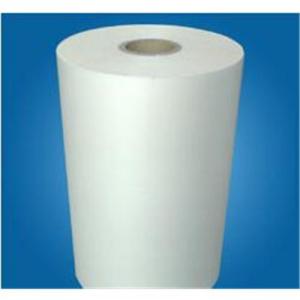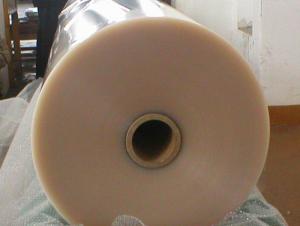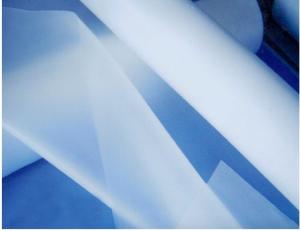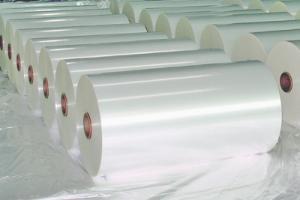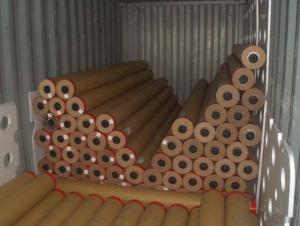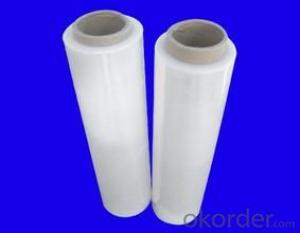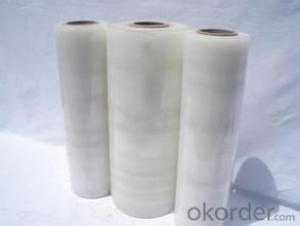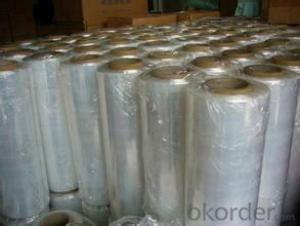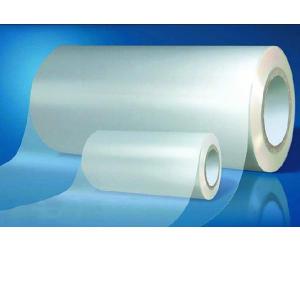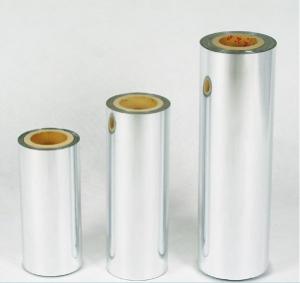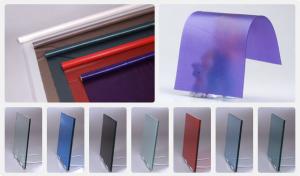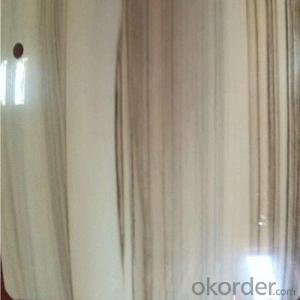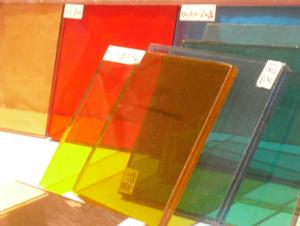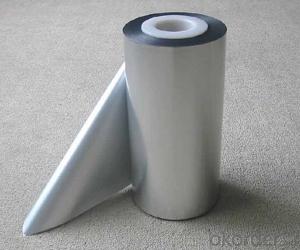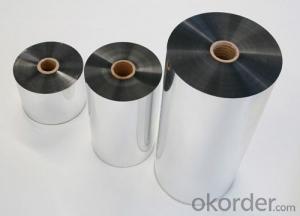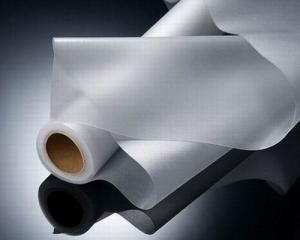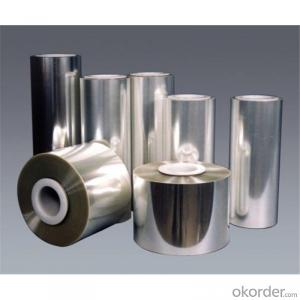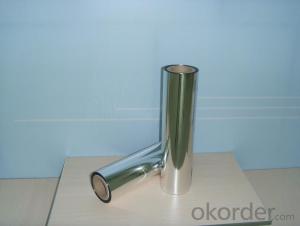Laminating Glass with PVB Film Processing
- Loading Port:
- Qingdao Port
- Payment Terms:
- TT or L/C
- Min Order Qty:
- 2 TONS m.t.
- Supply Capability:
- 100000 Tons Per Year m.t./month
OKorder Service Pledge
OKorder Financial Service
You Might Also Like
Product Description: Laminating Glass with PVB Film Processing
1. The glass cutting, cleaning and processing
To begin with, precisely cutting the glass as required is of importance. In case of the bubbles occurred the cutting error must be less than 2mm. Then the well cut glass edge should be grinded and cleaned to remove the oil stains and the other defects. At last, the softened water must be used in the last period to get rid of the unqualified products due to the weak adhesion. After the above process, the clean glass can be dried and placed in the room temperature for future use.
2. Lamination
In the laminating room, the temperature should be kept in 15~25°C, the humidity 18%~40% , the environment clean and the equipment and employees tidy. The glass must lay flat and so should the film on it. Then lay the other piece of glass on the film. Drawing the film is forbidden during trimming the film. Besides, be assured that the film must be 2-5mm bigger than the glass and the trimming knife keep away from the glass lest the glass particles cause the bubbles on the edge of the laminating glass.
3. Pre-pressure exhaust
To get the well sealed edge, the air between the film and the glass needs to be pressed out of the laminated glass. Two methods are generally divided into.
a. Rolling exhaustion.
Firstly, Heat the well laminated glass up to 25~40°Cand put it into the first roll (the distance of each rolls are 1mm smaller than the thickness of well laminated glass with the pressure of 0.2~0.5MPa.), then put it into a thermo stated container to heat up to 60~80°C, and then get into the second roll (the distance of each rolls are 2mm smaller than the thickness of well laminated glass with the pressure of 0.3~0.5MPa).After getting out of the rolls, seal the four sides of the laminated glass with clear tape to get rid of the bubbles.
b. Thermo vacuum pre-pressing exhaustion
Put the laminated glass into a vacuum bag or vacuum rubber gasket, and then employ the cool pumping and heat pumping to press the air out. Tips: the decompression vacuum degree is beyond 650mmHg and the cool pumping temperature should be less than 25°Cfor 30~40 minutes; while in the period of heat pumping, the temperature should be 70~120°C for 30~60 minutes.
4. Molding in high pressure
Place the Pre-pressure exhausted laminated glasses vertically on glass bracket leaving the distance of each glass more than 5mm. After the glasses are put into the thermo container, sealing the door and raising the temperature to 65°C-85°C; Then raise the temperature and pressure at the same time. The temperature raising rate is controlled in 5°Cper minute, and the pressure in 0.06MPa per minute. When the temperature and pressure up to 120~140°C and 1.0~1.5MPa respectively, keep them for 30~60 minutes. After that, keep the pressure and lower the temperature to 45°C, at the same time, loose the pressure to the atmosphere pressure. Finishing the high pressure molding process, we can have the final laminated glass for usage.
Marks, packaging, transportation, storage and shelf life of Laminating Glass with PVB Film Processing
1).Marks: it should include the product name, specifications, lot number, production date, expiration date, plant address and the brand name.
2).The package: the pvb film is insulated with PE film, cased into an aluminum foil bag, then vacuum sealed, and lastly into wood box or card drum. There should be quality certificate, packing list in the package. The marks of moisture proof, shock proof and sunlight proof should be labeled.
3).Transportation:there should be no direct sunlight, drench, and violent shaking during the transportation.
4).Storage: the product should be stocked in clean warehouse and normal temperature. It is forbidden to leave it under direct sunlight. As for the broken or opened package, they should be stocked under temperature of 20°C±5°C and in relative humidity of 20%-40%.
5).Shelf life: under normal atmospheric temperature, if well-packaged, the shelf life can be 2 years.

- Q: Can plastic film be printed?
- Plastic film printer operation is very simple without drying plate, various types of tools without the need for screen printing and thermal transfer needed, a computer, a plastic film printer, an exercise machine can be completely independent of the printing operation, save manpower, plastic film printer and printing method is simple. Lidengkequ, low requirement for operating crew experience, as long as the understanding of simple image processing software, careful attention to good use, daily maintenance, absolutely can very good use of the plastic film printer.
- Q: Is there any material in the strong film made of plastic material which is resistant to high temperature, piercing, and has high tensile properties and can not tear off the film?
- High temperature resistance, piercing resistance, and high tensile properties, tear, all these properties of the film should be LLDE film.
- Q: A concrete cover film, under what circumstances to cover, what does not cover
- Because the external temperature and the internal temperature of concrete can not be too different,Otherwise, thermal stress. Internal expansion. External contraction. Produces cracks
- Q: What is film capacitor?
- A thin film capacitor is a capacitor constructed from a metal foil as an electrode and wound with a plastic film, such as poly (ethyl ester), polypropylene, polystyrene, or polycarbonate, that is folded from both ends to form a cylindrical structure. According to the kind of plastic film, they are also called poly ester capacitor (also known as Mylar capacitor), polypropylene capacitor (also known as PP capacitor), polystyrene capacitor (also known as PS capacitor) and poly carbonate capacitor.
- Q: After decorating, how can the plastic film on wooden board be peeled off?
- Take it off slowly. Maybe you are too impatient. You can use the blade carefully to expose the corner
- Q: How many days can the concrete be taken away from the concrete?
- Cover water conservation according to the outside temperature in general should be concrete after pouring 3 material 12h with straw, Luxi, sacks, sawdust, wet soil and wet sand of the concrete cover, and regular watering to keep moist. Concrete watering maintenance date, Portland cement, ordinary cement and slag cement mixing concrete may not be less than 7 days and nights. Mixing with retarding admixture or concrete with impermeability shall not be less than 14 days and nights; when using bauxite cement, not less than 3 days and nights. The number of daily watering can keep concrete with sufficient moist condition is appropriate, when the air temperature is above 15 DEG C, in the concrete pouring after 3 days in the daytime, at least every 3 hours a night should also be watering, watering two times, after the maintenance, at least 3 times every day watering (of course, when the temperature of the drying can increase the number of water right). For the larger area (or volume) of concrete, should adopt the "water conservation" for reservoir engineering in the demolition of the internal model, concrete reaches certain strength water conservation; to the underground structure or foundation, can be renewed by brushing the surface of asphalt emulsion or soil backfill instead of water conservation.
- Q: What are the plastic film types and scope of use?
- LDPE films are usually made of two kinds of blow molding and tape casting. Cast PE films are of uniform thickness, but are widely used because of their high cost and low cost. LDPE film is a semi transparent, glossy and soft film with excellent chemical stability, heat sealing property, water resistance and moisture resistance. It can be frozen and boiled. The main drawback is that the oxygen barrier property is poor, the inner membrane is commonly used in soft packing materials, and is currently the most widely used, one of the largest amount of plastic packaging film, accounting for more than 40% of the consumption of plastic packaging film.Due to the polar group containing polyethylene molecules, and high crystallinity, low surface free energy, therefore, the poor performance of the film printing, ink and adhesive adhesion is poor, so the surface treatment in printing and composite before.
- Q: Why should plastic film be compounded? What are the composite soft packing substrates?
- Composite plastic soft packing commonly used are: transparent, color, black and white or color printing plastic composite film packaging, aluminum plastic composite film packaging, metal foil composite plastic film packaging, paper plastic film packaging.1) PE film, polyethylene, flexible packaging, more than 70% of the material is to use PE.2) BOPP film is biaxially oriented polypropylene, which is used in soft packaging3) PET films are polyester films used for printing and compounding4) CPP film, cast polypropylene film with heat sealing property5) PA film, that is, nylon film, barrier high6) PVDC film, barrier high, commonly used in sausage casings membrane7) PEN films are superior to PET in performance, but in view of price problems, there is no large-scale application.8) EVOH coextrusion film, through the EVOH and PE and PP and other coextrusion formed high barrier film9) aluminized film, high resistance film on the surface of PET, BOPP and CPP film.
- Q: Can I use plastic film to make roofing waterproof?
- No, roof waterproof is a crucial step.
- Q: FFS plastic film bags are injection type?
- Mainly uses a large single screw extruder and single monolayer extruder head configuration, three layer co extrusion equipment is divided into three layers of laminated film blowing head of three smaller extruder and configuration can be automatically adjusted, other devices on the same.
1. Manufacturer Overview
| Location | Guangzhou, China |
| Year Established | 2002 |
| Annual Output Value | Above US$ 20 Million |
| Main Markets | North America; South America; Eastern Europe; Southeast Asia; Africa; Oceania; Mid East; Eastern Asia; Western Europe; Southern Europ; South Asia |
| Company Certifications | ISO9001:2000 |
2. Manufacturer Certificates
| a) Certification Name | |
| Range | |
| Reference | |
| Validity Period |
3. Manufacturer Capability
| a) Trade Capacity | |
| Nearest Port | Guangzhou Port |
| Export Percentage | 51% - 60% |
| No.of Employees in Trade Department | 6-10 People |
| Language Spoken: | English; Chinese; |
| b) Factory Information | |
| Factory Size: | Above 30,000 square meters |
| No. of Production Lines | Above 10 |
| Contract Manufacturing | Design Service Offered; Buyer Label Offered |
| Product Price Range | High; Average |
Send your message to us
Laminating Glass with PVB Film Processing
- Loading Port:
- Qingdao Port
- Payment Terms:
- TT or L/C
- Min Order Qty:
- 2 TONS m.t.
- Supply Capability:
- 100000 Tons Per Year m.t./month
OKorder Service Pledge
OKorder Financial Service
Similar products
Hot products
Hot Searches
